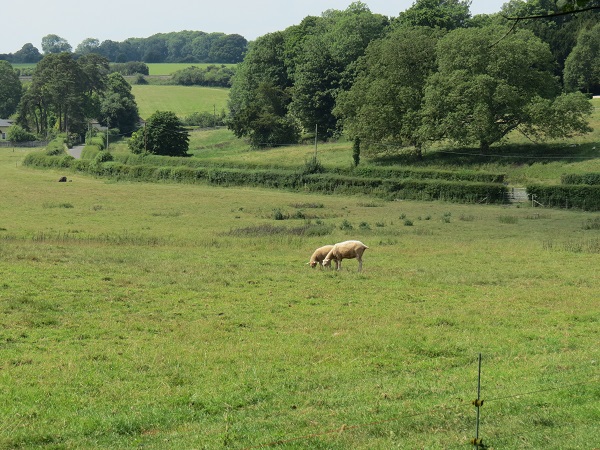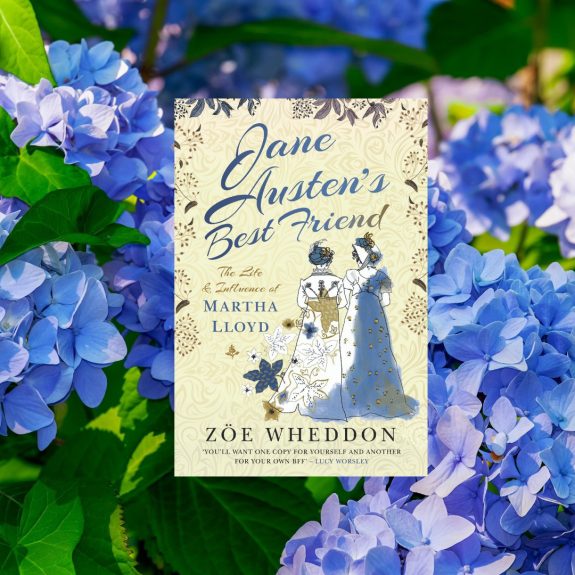When I look at this view, with the lane twisting along out of sight, I think, “Jane Austen saw this.”
Jane Austen’s childhood home (Steventon Rectory) was torn down long ago, but some things never change in the English countryside. There used to be an old pump that marked the spot of the Austens’ home in Steventon, Hampshire. The rectory (or parsonage) was one home in the small country parish. Neighbors, parishioners, relatives, and friends visited often. The Austen children, along with several student boarders, filled the house with life and laughter.
Today, the house and pump are gone, and the fields, trees, bushes, lanes, and fences have shifted and changed, but other familiar sites remain. The church up the lane still waits for any who wish to pray or worship.
The lane, covered by trees and enclosed by close-growing bushes, is hushed with expectation.
And the green. The lush green of the English countryside is there.
In her book Jane Austen: The World of Her Novels, Deirdre Le Faye says that on the “warm southern side” of the house, there was a “walled garden with its sundial, espaliered fruit trees, vegetable and flower beds and grassy walks.” Green meadows stretched beyond it, dotted with livestock.
The same green we see today formed the backdrop of Austen’s imagination and creativity. In so many of her country scenes — whether her characters are walking, enjoying an outing or outdoor party, or stepping into or out of a carriage — she likely pictured green as she wrote. At Box Hill, Mansfield, and Rosings. Whenever there was fair weather, there was green.
Every author is a product of her home, her country, her surroundings, her circumstances. Natural beauty was something Austen saw daily for most of her life. So were small villages, friendly neighbors, and church parishes.
Austen once gave this advice about writing: “Three or four families in a country village is the very thing to work on…”
People always say to “write what you know.” Austen knew about country life, ballrooms, dinners, and visits. She understood long walks, treasured letters, strong faith, and vibrant family life. Austen wrote about the things dearest to her heart. She wrote what she knew . . . and what she knew was lovely.
Like the English countryside and village life Austen knew so well, we each have certain places, spaces, and experiences that naturally form the backdrop of our creativity. Doing what you “know” is good advice for many of life’s ventures. What do you love to do? Perhaps the thing you’re called to do is so obvious you haven’t yet noticed it.
If you’d like to read more about Jane Austen, her life, her faith, and her novels, please stay and poke around my other blog posts here! You can also follow me on Twitter or Instagram for more book-related fun.
Works Cited
Deirdre Le Faye, Jane Austen: The World of Her Novels (London: Frances Lincoln, 2002), 13.











Leave a Reply